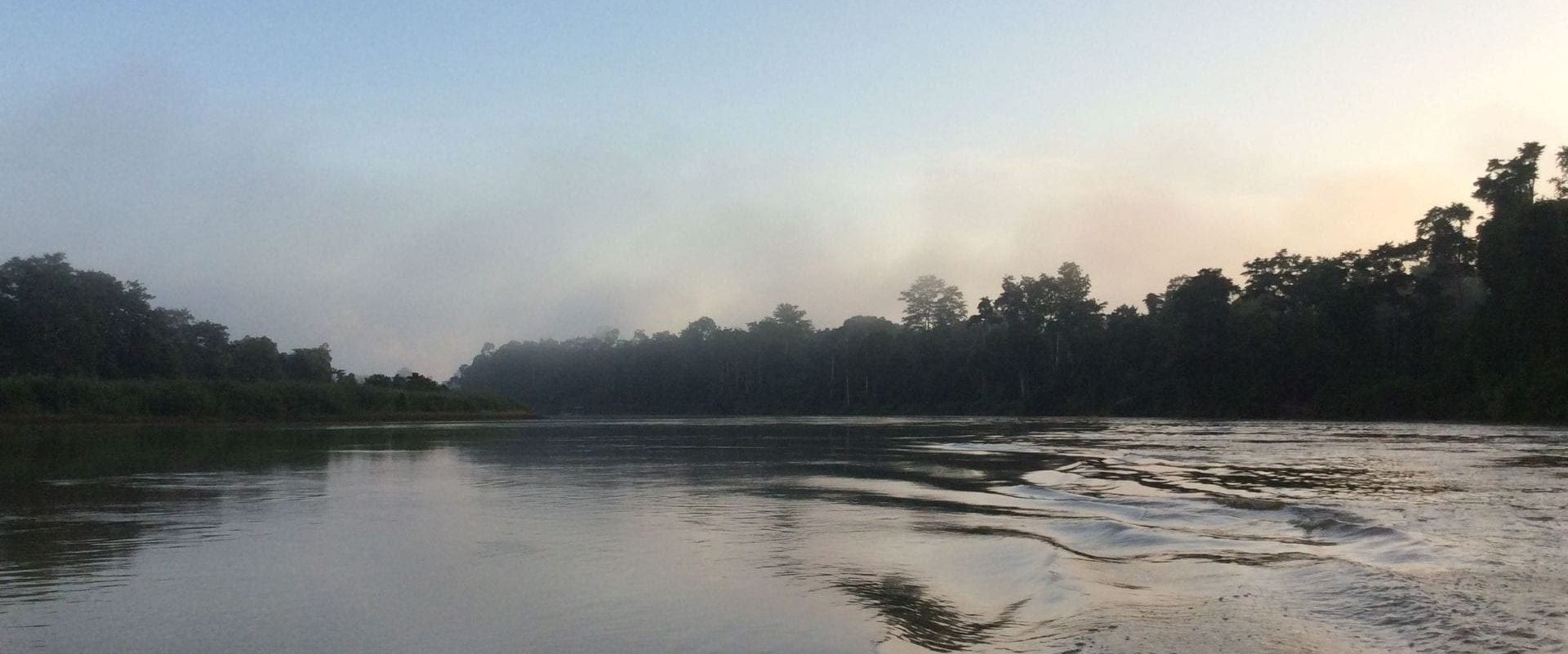
The Science Society was founded on East Campus in order to foster a spirit of scientific inquiry and encourage interest in STEM fields among the student community. In 2018, building upon this goal, we decided to organize the first annual science fair, open to all high school students on East campus. We wanted to encourage students to work collaboratively in planning a long-term scientific investigation, whether theoretical or practical, on a topic of their interest. The 1st science fair was cozy and small, with 11 projects presented in the Science Pod area of D Block by a couple dozen passionate students from our society along with the Astronomy Club and STEM Club. Topics spanned the fields of science, from medicine to artificial intelligence and projects ranged from a sustainable alternative to lithium ion-batteries to a cosmic calendar of the universe.
This year we saw a huge increase in student interest to participate in the fair, with the number of groups participating tripling from previous years to include 29 projects with 70+ students involved. The student interest and enthusiasm in the fair was extremely exciting, however, with the COVID-19 restrictions, it also meant that we faced challenges to ensure that all students could present with their groups during lunch time. In previous years, we had all the groups present in the Science Pod during every lunchtime of the science fair week. Unfortunately, this year the COVID-19 restrictions meant that we had to make some changes.
Our Science Society wanted to ensure that all students had the opportunity to share their individual scientific interests with the broader school community. After consulting with various individuals, we finally decided the best way to do it was to have a mixture of virtual and in-person presentations. This engaged all the students who had demonstrated interest in taking part in the fair, allowing them to choose which skills they would like to develop.
We were impressed with the range and depth of the projects which students carried out. As with previous years, we encourage students to pursue investigations suited to their passions, either with practical applicability or theoretical significance. We wanted projects that stretched and developed the knowledge and skills of participants. There was a particularly impressive project which looked at the biochemical mechanism behind C3 and C4 photosynthesis and their effects on crop yield and sustainability. Another group presented a fascinating psychological investigation into the methods to increase the response rate on feedback forms using a cluster randomized trial of different mentor groups. Their curiosity stemmed from the flood of inefficient surveys that students at our College receive on a regular basis.
The Astronomy club presented a beautiful selection of videos on both theoretical and technological aspects of space exploration. On the technological side, one group looked at the asteroid sample return mission Hayabusa 2 from the Japanese Space Agency, while another looked at the physics behind the feasibility of a space elevator. A particularly in-depth investigation presented was a case study using astronomical data on the detection and identification of Supernova2020nyb. Despite the challenges posed by COVID, it was inspiring to see our students demonstrate their ability to plan, research, investigate, and share their passion in science with our College community.
We had more 10 teachers from all science departments (physics, biology and chemistry) were involved in judging the fair. In order to give each and every project it’s due consideration, they were judged by 2 teachers each.
